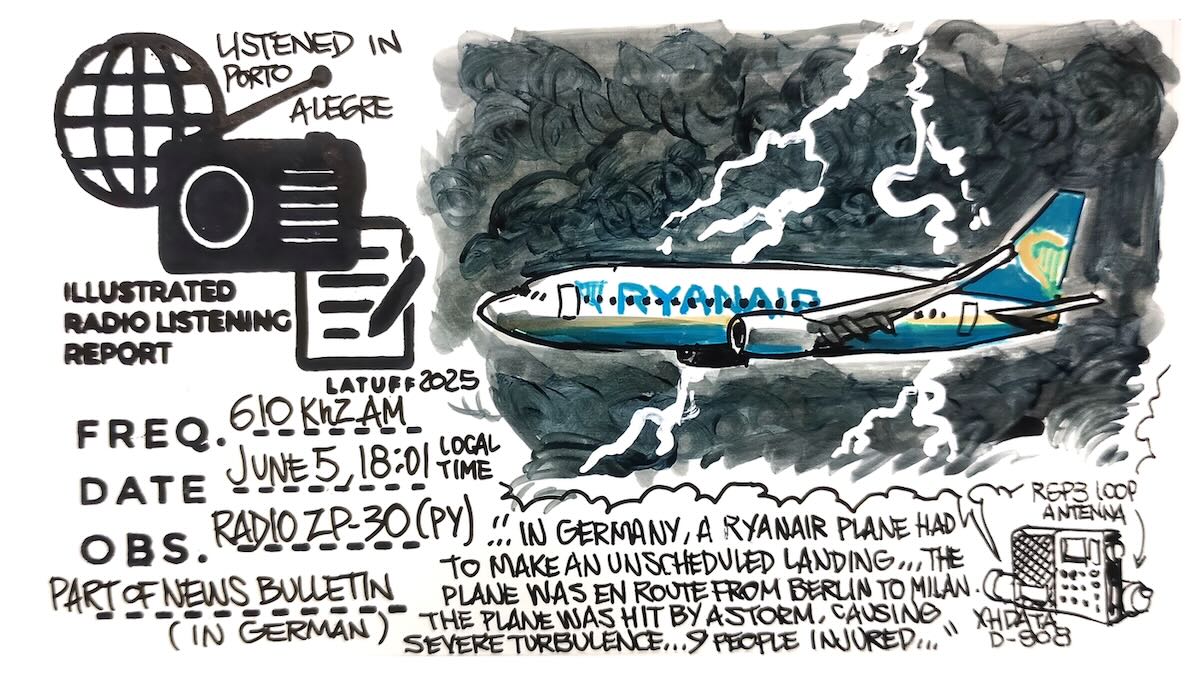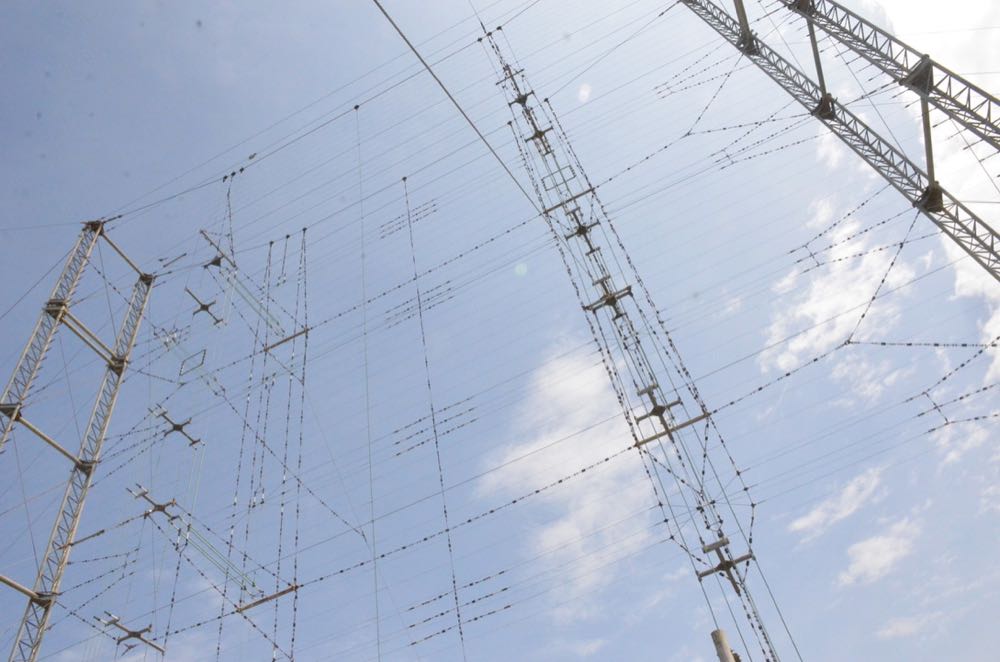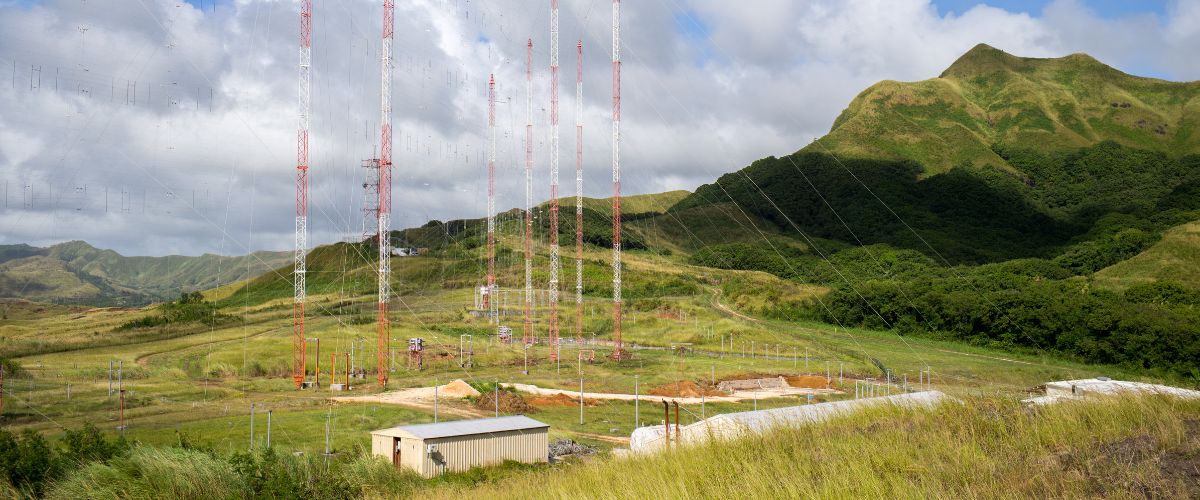 Many thanks to SWLing Post contributor Alan, who shares this Radio World piece which explores the fascinating world of long-distance FM reception via sporadic-E (E-skip), including rare double-hop events: Double-Hop Dreams and the Mystery of Long-Distance FM
Many thanks to SWLing Post contributor Alan, who shares this Radio World piece which explores the fascinating world of long-distance FM reception via sporadic-E (E-skip), including rare double-hop events: Double-Hop Dreams and the Mystery of Long-Distance FM
A great read for anyone interested in the world of VHF propagation!
Alan also shared these resources:
- Australian Bureau of Meteorology – Propagation Modes: Learn about various propagation mechanisms, including transequatorial propagation.
- HeyWhatsthat.com Path Profiler: Calculate great-circle paths, view terrain profiles, and check Fresnel zones. Ideal for evaluating DX paths and terrain obstructions.
- FCC FM Query: Look up FM station data, including transmitter location, ERP, and HAAT—helpful for assessing potential reception range, even for low-power stations.
Thanks, Alan!






